Introduction
In the mysterious depths of our galaxy, scientists have encountered a celestial enigma that defies classification. It’s not a pulsar. It’s not a magnetar. So what is this bizarre star? Astrophysicists are scratching their heads over an unusual object emitting powerful bursts of radio waves, exhibiting behavior that doesn’t fit into any known category. This stellar anomaly is challenging what we thought we knew about neutron stars—and may represent an entirely new class of cosmic object.
A Puzzling Discovery
The object, identified as ASKAP J1935+2148, was discovered by astronomers using the Australian Square Kilometre Array Pathfinder (ASKAP) radio telescope. It caught scientists’ attention by emitting unusually bright radio pulses at irregular intervals—unlike the predictable patterns of pulsars or the intense magnetic bursts seen in magnetars.
Researchers observed the star to be active for several weeks, then mysteriously went silent, only to reactivate again. These strange cycles don’t align with any established behavior from known neutron stars. The object is about 15,820 light-years away, located in the Milky Way, and may be the first representative of a never-before-seen stellar category.
Pulsars vs. Magnetars: What’s the Difference?
Before diving deeper into this cosmic mystery, here’s a quick refresher:
Pulsars are rapidly spinning neutron stars that emit beams of electromagnetic radiation, usually detected as regular radio pulses.
Magnetars are highly magnetized neutron stars that occasionally produce dramatic X-ray and gamma-ray outbursts, often more chaotic than pulsars but still within a predictable range.
ASKAP J1935+2148, however, doesn’t behave like either. Its pulse frequency is inconsistent. Its radiation isn’t particularly strong in the X-ray or gamma-ray bands. It appears dormant for months and then suddenly becomes active without warning.
Theories Behind the Bizarre Star
Since it doesn’t neatly fit into any known category, researchers have proposed several theories:
1. An “Ultra-Long Period Magnetar”
Some scientists believe this could be an ultra-long-period magnetar—a star whose rotation takes hours or even days, unlike regular pulsars that rotate several times per second. If true, this might explain the irregularity of emissions, but the source’s energy levels still raise questions.
2. A White Dwarf Pulsar Hybrid
Another hypothesis suggests that the object could be a rare white dwarf–neutron star hybrid, an intermediate evolutionary state that’s hardly ever observed. This could be the “missing link” between known compact objects.
3. A New Class of Neutron Star
The most exciting theory? It could be the first of a new class of neutron stars—with unknown properties and mechanisms. If confirmed, it could radically change our understanding of stellar evolution, magnetic fields, and cosmic radio emissions.
Why This Discovery Matters
This star is more than a curiosity. It challenges long-standing models in astrophysics and could:
Expand our understanding of how neutron stars behave under extreme conditions.
Reveal previously unknown phenomena in the universe’s most dense objects.
Improve detection techniques for fast radio bursts (FRBs), mysterious signals that may originate from exotic sources like this one.
What’s Next for Astronomers?
To crack this mystery, researchers are monitoring the star with multiple telescopes, including:
The MeerKAT radio telescope in South Africa
The Chandra X-ray Observatory
The FAST telescope in China
These observations aim to determine whether the star emits across multiple wavelengths or undergoes changes in its spin or magnetism. With better data, astronomers hope to refine their theories—or perhaps define an entirely new classification of stellar object.
SEO Keywords to Target:
Bizarre star in the Milky Way
ASKAP J1935+2148
New class of neutron star
Pulsar vs magnetar
Mystery star radio bursts
Ultra-long-period magnetar
Unknown space object 2025
Stellar phenomena discovery
Strange star signals
Unexplained cosmic object
Conclusion
The universe has once again surprised us. The discovery of ASKAP J1935+2148 proves that even in an age of advanced telescopes and AI-driven models, space still holds secrets we’ve yet to unravel. As scientists continue to study this baffling celestial body, one thing is certain—our understanding of the cosmos is far from complete. Could this bizarre star be the harbinger of a new era in astrophysics? Only time—and further observation—will tell.

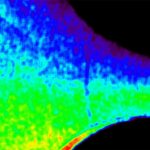






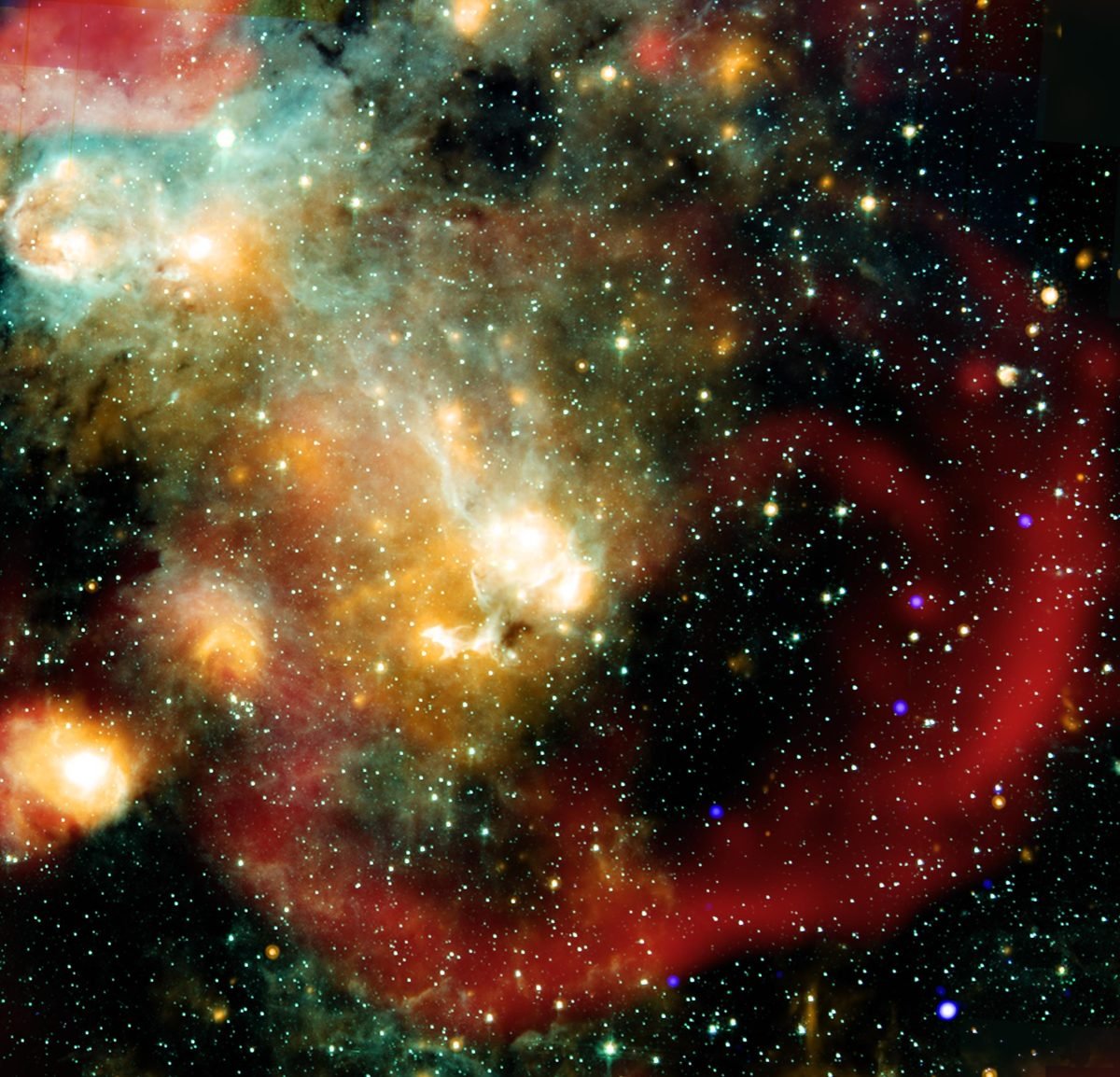
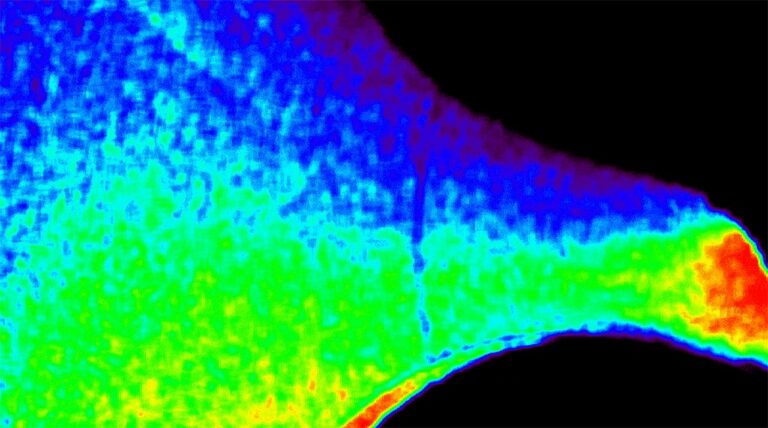



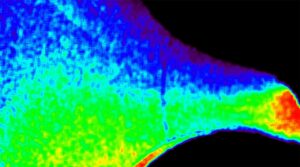
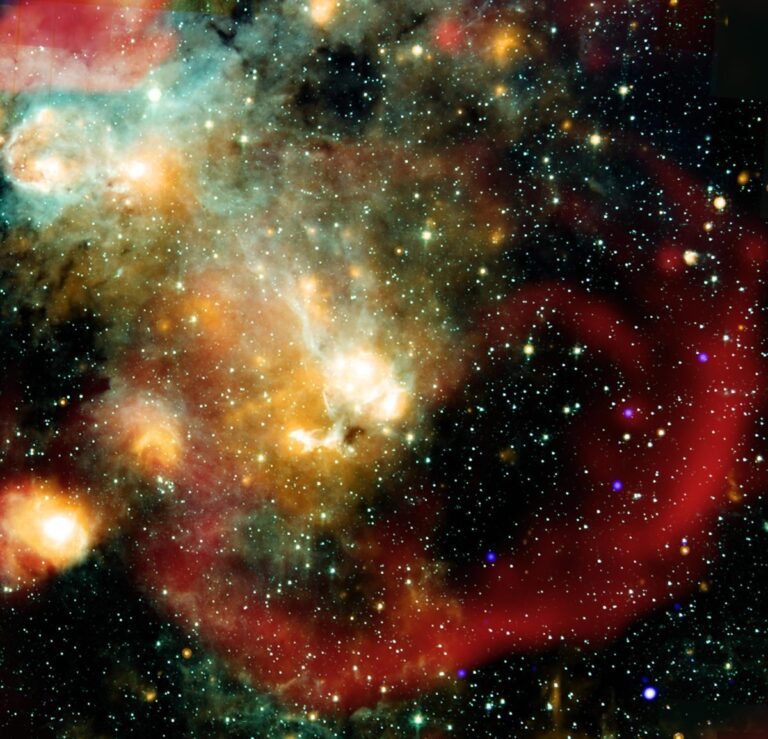


+ There are no comments
Add yours